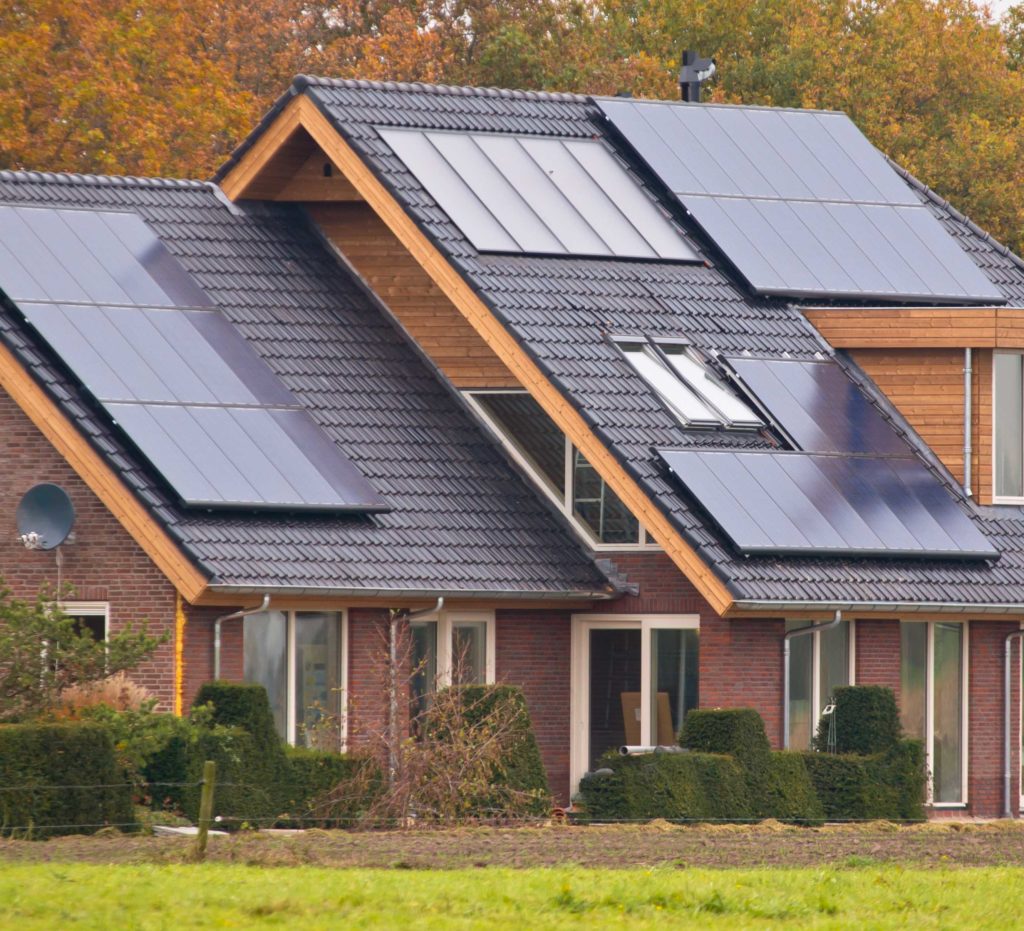BEST SOLAR INVERTER
To find the best solar inverter for your project, the first thing you can do is calculating how much power is needed for your home each day. To do that you can have a look at your electricity bill (note that winter and summer bills may be vastly different) or you can calculate the energy consumption of every appliance in your household in watts then multiply the result by how long you use it during the day to get a final result expressed in watt-hours or kilowatt-hours (kWh).
In the second step verify how many solar panels could be installed on your roof and the amount of energy (in kWh) which can be produced by solar panels. Multiplying the number of solar panels by their rated power will give you a first idea about the rated power of a solar inverter you may need. Check how the solar production corresponds to your daily consumption as it will affect the choice of the solar inverter later on.
In general, there are two methods of converting the production of your solar array into electricity, it can be done separately for each panel or globally for a chain of panels connected in a string. Each method has its own pros and cons, and requires different equipment:
- A micro inverter is installed directly on each solar panel in the array. It’s a solution foreseen for solar arrays suffering from uneven irradiance due to different orientation / tilt of the panels, shading etc. A group of micro inverters can optimise the overall production of such an array, however requires installation of multiple devices, which comes at a certain cost.
- String (or central) inverter is capable of DC/AC conversion of solar energy coming from multiple solar panels. A chain of multiple panels connected in series forms a string, hence the name. This type of inverter is very common, since vast majority of installation sites does not require any special measures to optimise the production.

